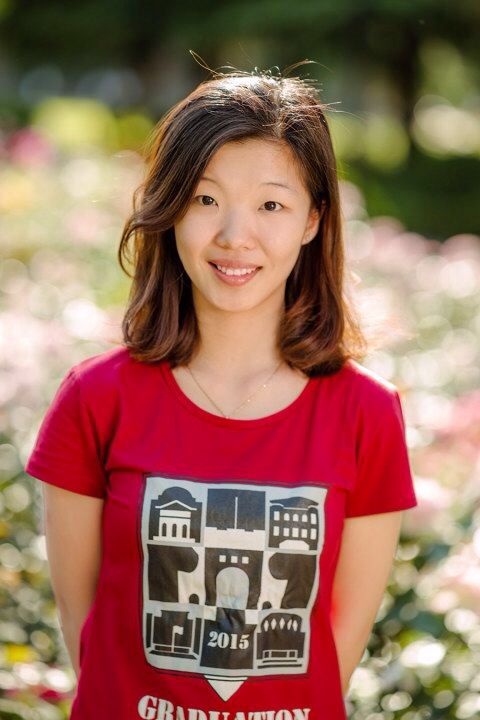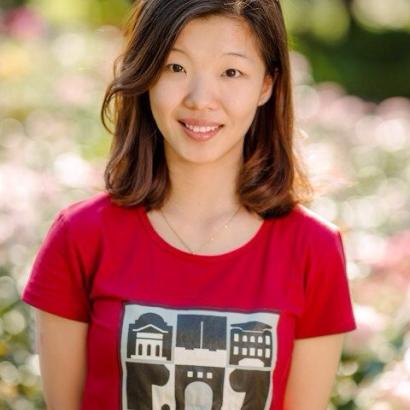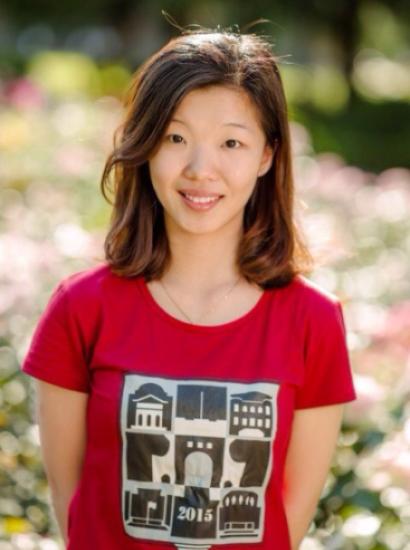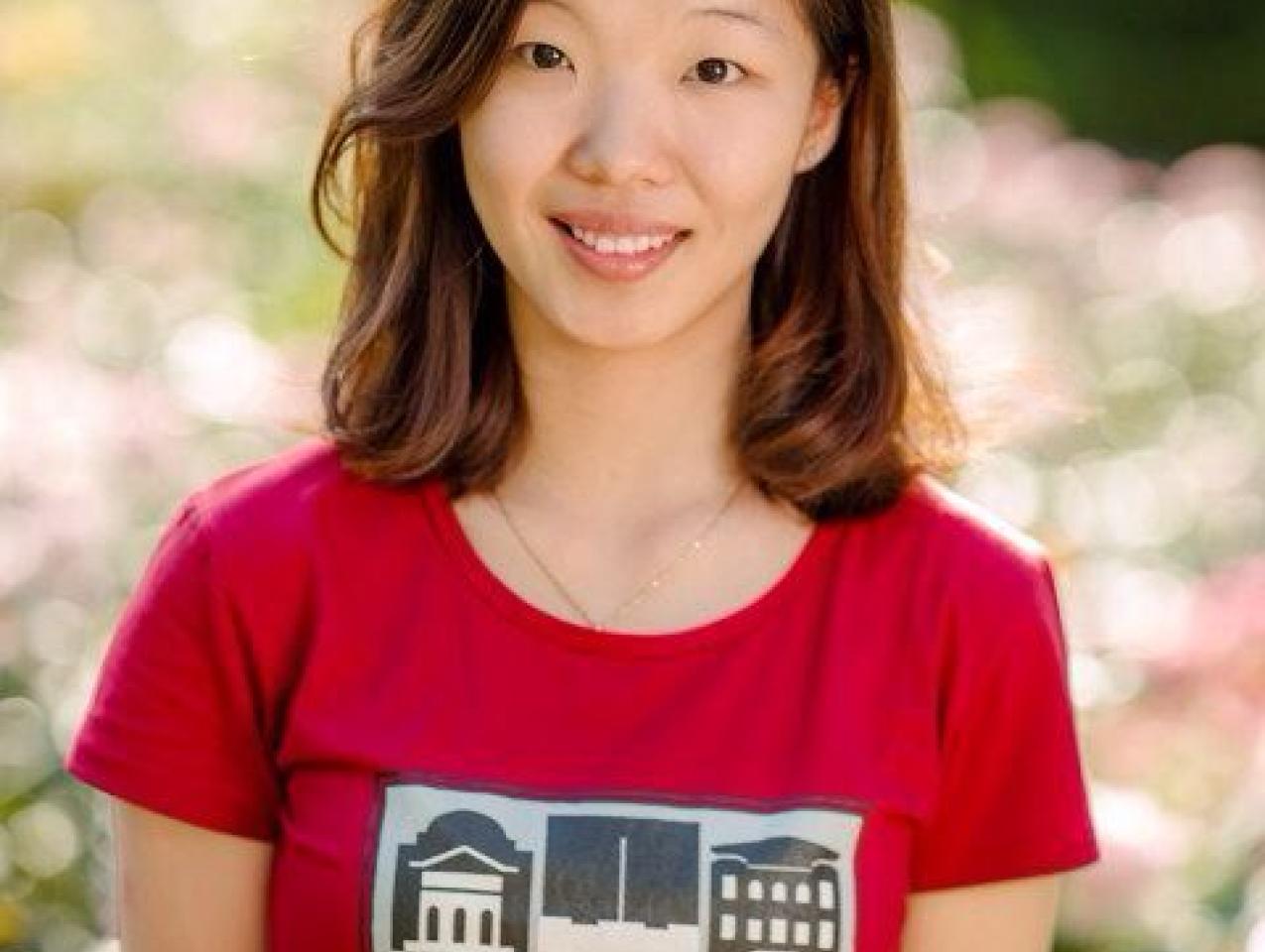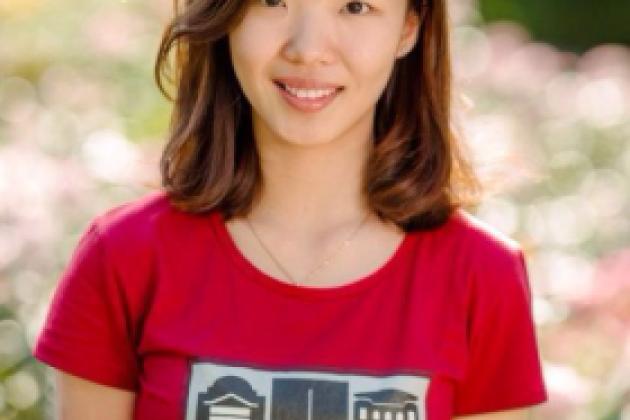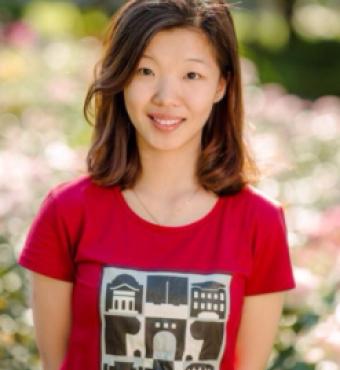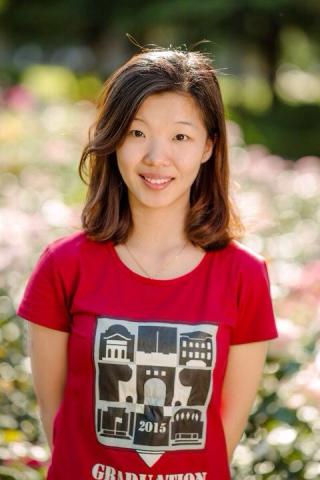By Yingdan Lu
From 1966 to 1976, China’s Great Proletarian Cultural Revolution not only paralyzed China politically and economically, but also exerted a significant effect on Chinese women. During the Cultural Revolution, women were inducted into the public labor as well as the Red Guards group, which eliminated the previous distinction between genders and also rejected the previous assertion of feminine identity. Being the party’s mouthpiece, Chinese media presented a special propaganda during Cultural Revolution. Besides news reports and official plays (Yang Ban Xi), graphic images on different media outlets such as posters, pictorials, flyers and newspapers also reconstructed the image of Chinese women during this period.
Unable to express the complex meaning through rhetoric and story-telling methods like news articles or television, the role of static graphical media on illustrating women’s image are easily ignored. My current project “Framing Women: Chinese Graphical Propaganda on Women’s Image, 1966-1976” was designed in to explore how Chinese women were illustrated by graphical propaganda during Cultural Revolution. Utilizing the theories from communication studies and feminist theories, it investigates the relationship between visual communication and female manifestations in this special historical period from the media perspective. By using content analysis method, it deconstructs the graphs into elements according to different frames and examines the meanings behind those visual cues and their roles in shaping women’s image. It can be concluded that previous stereotypes of “gentle and domestic-focused Chinese women” were smashed and substituted by “iron girls” and “revolutionary soldiers”, which emphasize more on public participation and conflicts. Also “gender erasure” also can be observed when the graphical propaganda neglected feminine beauty and appealed that females should serve as the same role as males do in the revolution.
Hoover Institution Library houses a great collection of graphic materials during Cultural Revolutions, which are rich in archival collections including “Chinese Cultural Revolution collection 1966-1971”, “Zhongguo gong chan dang issuances 1919-2006”, “Rowinski (Jan) collection 1967” and “Hill (Charles) papers 1898-2006”. Starting from this spring, I began my archival work and in total collected 275 pictures from posters, pictorials and illustrations on newspaper, which significantly support my research. Posters in Chinese Cultural Revolution collection are especially helpful. I was amazed by the high definition of the pictures it saved and I also felt privileged to have chance accessing to these previous materials with the help of Hoover Institution Library.
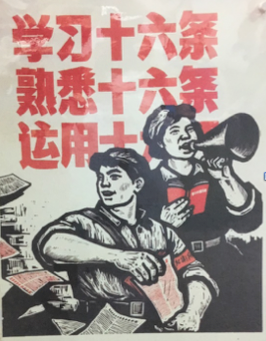
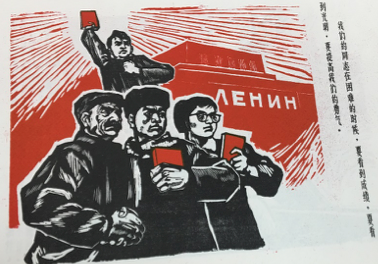
My thanks go out to the entire Hoover staff for their help with my stay in the institution. In particular, I wish to thank Carol Leadenham, who offered help both before and during my stay. Also, I want to thank David Sun and Jean Cannon, who were always friendly, and willing to help when I needed assistance. They led me to all pertinent collections that might be useful for my work and taught me how to call for the collection. The opportunity to serve as a Silas Palmer Fellow has been a wonderful experience and I am grateful to have been awarded this opportunity.




